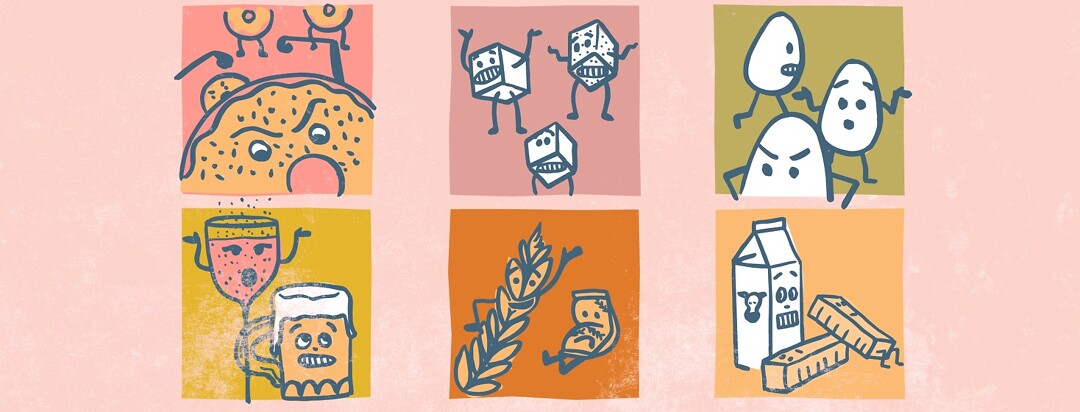Starting the Autoimmune Protocol Diet for Hidradenitis Suppurativa
Starting any new lifestyle is difficult and can be a huge adjustment, but when these steps are implemented while battling a chronic illness there's the added anxiety about how this new lifestyle will affect your overall health. The conversation around diet and hidradenitis suppurativa has progressed in a positive way. There are naturopathic physicians, dietitians, and even dermatologists recommending alterations in diet to potentially aid in lowering the inflammation HS causes. When I discovered food was one of the main sources of my inflammation back in 2012, I never looked back.
Finding a diet that works for me
Since then, it's been an uphill battle to find a diet that works for me. Back in 2012, I began the transition into vegetarianism and then slowly became a vegan and bounced between the two for four years even incorporating seafood every now and again. After that, I got strict on my diet because I had a boil that I was sure was caused by the influx of dairy I was consuming at the time. I cut out all dairy, stopped eating seafood, and cut out brewer's yeast. My diet was strictly vegan and high in legumes, soy, grains, veggies, and fruits. In 2020, my body began declining and my HS was getting significantly worse.
After some research, I decided to stop eating grains, legumes, soy, wheat, nightshades, and gluten. Then, I realized what I was left with would cause me to eventually be malnourished regardless of the vitamins I took. I had to come to terms with incorporating seafood back into my diet. I can't express to you the PTSD that arose. I was beyond afraid to eat meat again because what if I get a new debilitating flare and am sick for two weeks. I can't take that in the midst of a global pandemic. However, at the time, I talked it through with my therapist. I told her that I found a new diet that might help my body to heal called the autoimmune protocol diet.
Committing to the challenge
She told me to take it slow and maybe eat a small amount of wild-caught fish to see how my body reacts. I was still nervous, but I committed to the challenge. I ate the salmon with a heaping pile of veggies and no new boils appeared. I gave myself more time because sometimes boils pop up the next day and sometimes it can take weeks for my body to react. I noticed some of the chronic wounds on my body were starting to close. So, I kept a list of the foods I could and could not eat while on the AIP diet. Incorporating this lifestyle wasn't very difficult for me because I already had a limited diet so I just needed to make a few slight adjustments.
This doesn't mean there aren't difficulties for those who weren't in the same position as me. It's difficult to stick to any lifestyle change but what I keep at the forefront of my mind is that this could lead to the healing I experienced almost a decade ago. In epigenetics, they talk about disease like a switch that can be turned on and off depending on stressors, environments, trauma, etc. Whatever switch was turned on, I learned how to turn off, I just have to do it again. This time my body has evolved in different ways so it's proving to be more challenging especially in our current economic, political and social climate. But I am showing up every day and doing what I know to do and can do. Everything else is out of my control.

Join the conversation